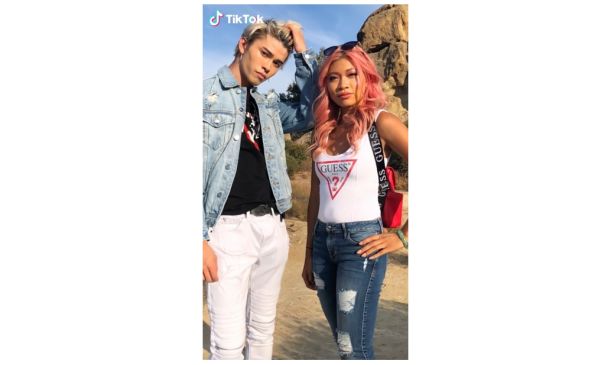Aegis Media has conducted an interesting experiment to identify the value of the number of “likes” a brand has on Facebook. Its basic conclusion is that a high number of likes do help improve brand perceptions. But that raises a chicken and egg question. Where do the likes come from in the first place?
Aegis Media teamed up with Jon Jachimowicsz and Joe Gladstone, academic researchers from the University of Cambridge Judge Business School, to conduct an experimental design project using a made-up brand called “Ashwood Furnishings.” They created a storyline about the company’s expansion from the UK to the U.S. on the occasion of their 150th anniversary. Research participants in the U.S. were asked to provide their views on the brand based on its Facebook page, but different groups saw different numbers of likes on the page they saw
While the researchers admit that there is a lot of variability in the results, it is pretty clear that more likes do translate into higher brand perceptions and purchase intent. The researchers ascribe the effect to herding and conclude:
This suggests that likes generate an unconscious and immediate effect, similar to any number of cues in the ‘real’ world.
Due to the fact that some analysis of the raw data suggested diminishing returns to the number of likes, the authors further state:
On a business level, we can conclude that it is worthwhile for brands to spend money on promoting social media pages early in their marketing plan and, once a certain threshold of likes has been reached, not continuing to invest heavily.
I did not see an explicit definition of a “high” number of likes in the document but given the scale used, 12 groupings ranging from 12 likes to 9.2 million, I think we can assume that high is anything over 1 million likes. And that raises the obvious question, how do you get a million likes on Facebook? I have a nasty feeling that the answer lies in two proverbs normally applied to money: “the first million is the hardest” and “the rich get richer.”
By today’s standards 1 million likes on Facebook is a lot. Success of $1.5 billion, Chobani yogurt is often attributed to its social media presence, but the brand only has 850,000 likes on Facebook. Lululemon Athletic and Scion, the car brand, both eschews traditional media and yet have only 878,000 and 166,000 likes respectively. Even so, these brands are doing well, in large part due to the meaningfully different offline experiences they create. And the more people experience your brand, the more likes you get. Just look at Coca-Cola, Wal-Mart or Amazon. The best stimulus to get liked on Facebook is a brand that people like in what Aegis Media refer to as the “real” world.
Unfortunately then, I am not sure how much wiser this research makes us. Yes, it is important to try to get as many likes as possible but the best way to get liked may simply be to highlight what your brand has to offer in all media channels not just Facebook. So what do you think of these findings? Please share your thoughts.
The Blake Project Can Help: The Brand Positioning Workshop and The Brand Storytelling Workshop
Branding Strategy Insider is a service of The Blake Project: A strategic brand consultancy specializing in Brand Research, Brand Strategy, Brand Licensing and Brand Education





One comment
Michael Gold
December 25, 2013 at 7:46 am
Nigel, I’m a fan of yours, not a critic. But in focusing on “brand perception and purchase intent,” I would say these researchers are overlooking the value of a Facebook following as a messaging platform.
Comments are closed.